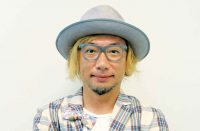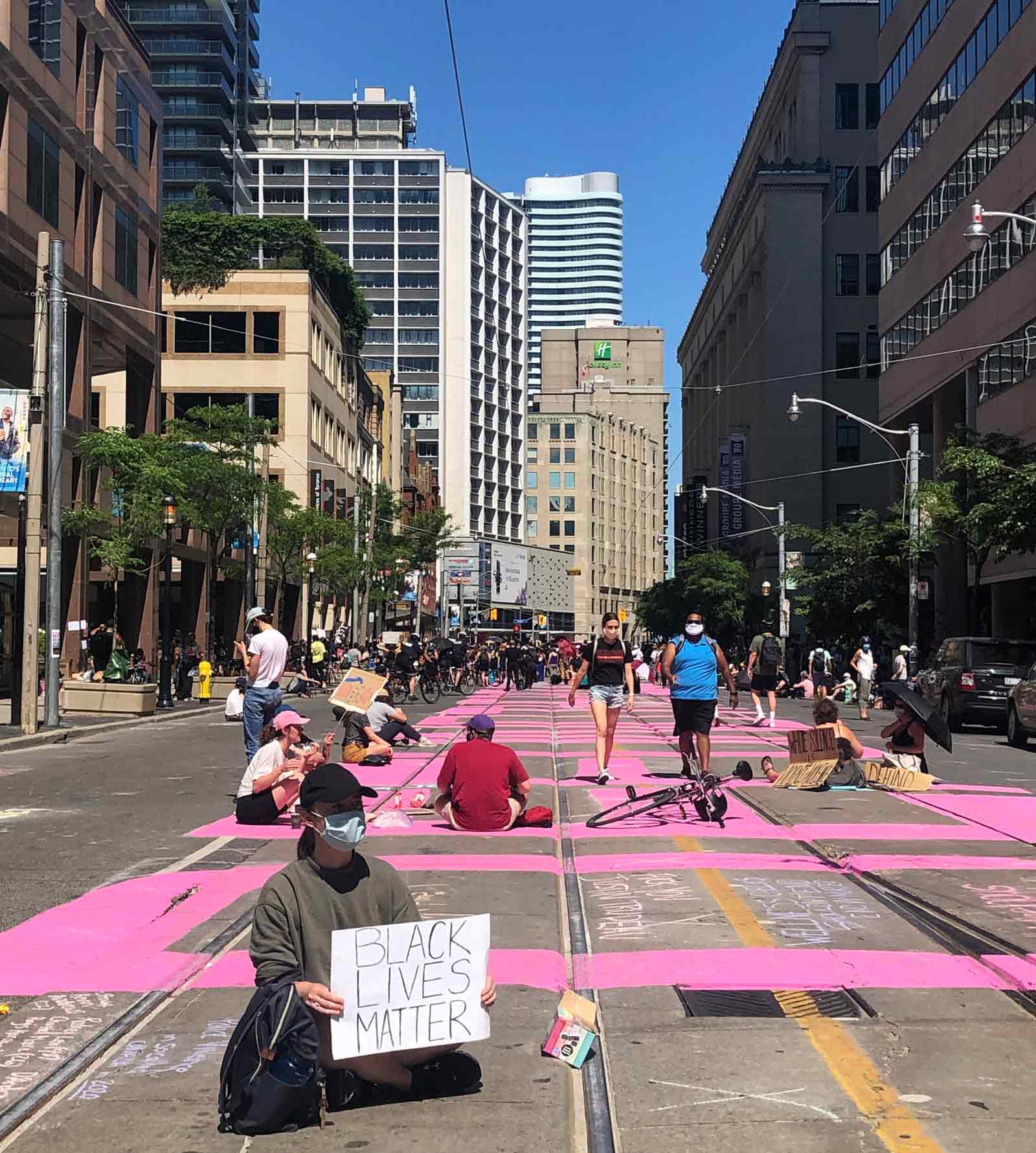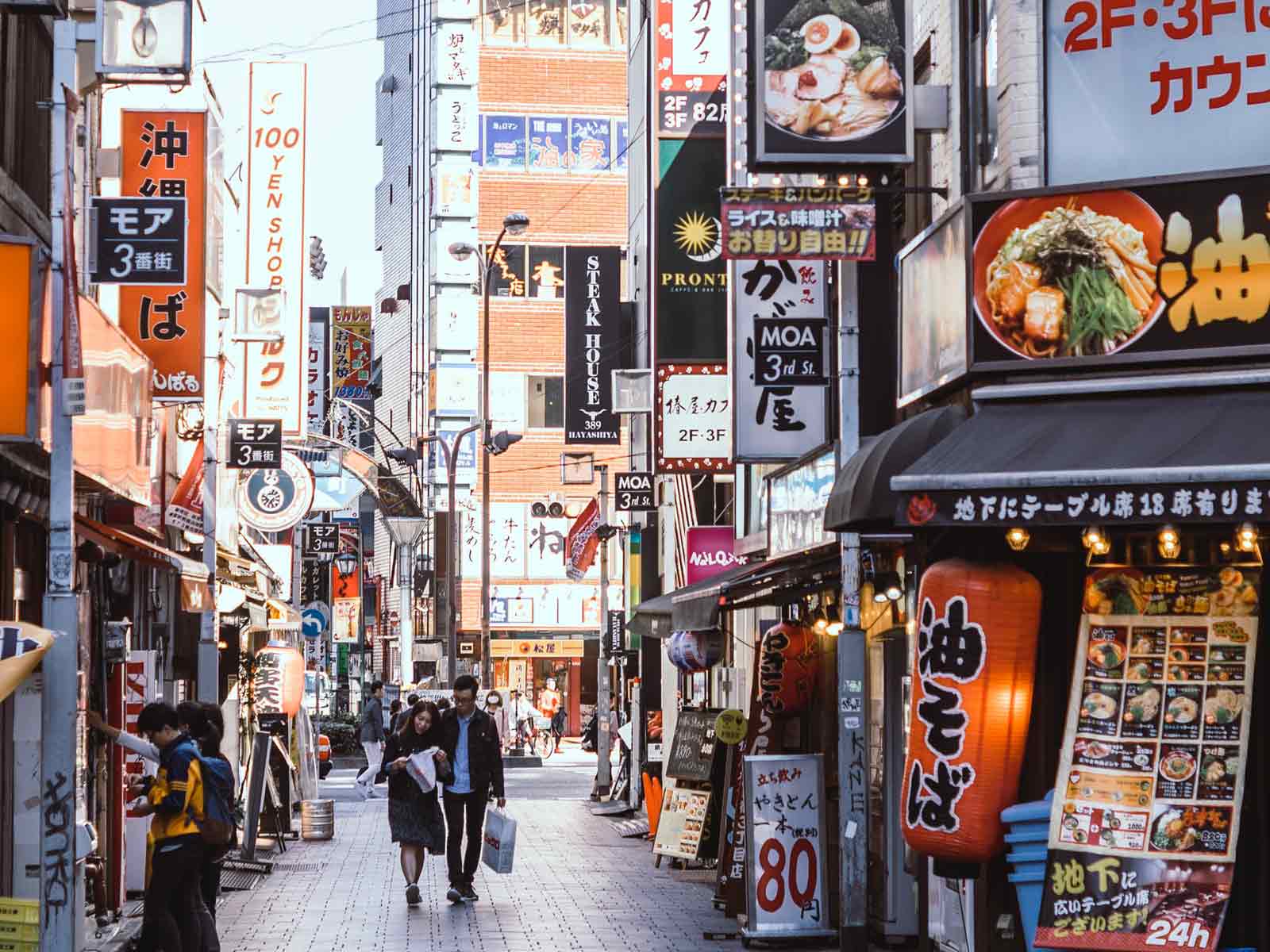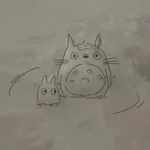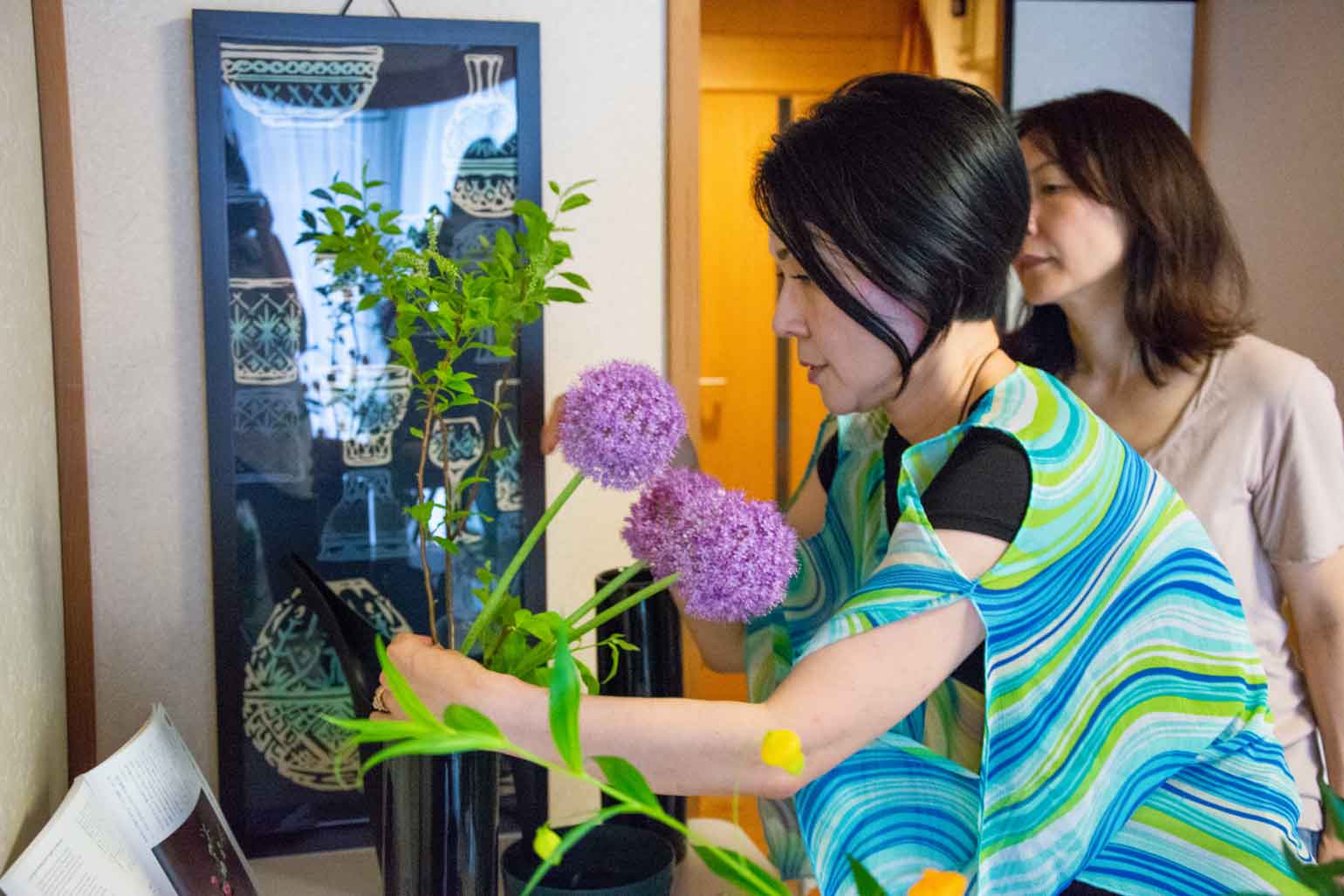
Some might consider Ikebana as an artistic practice that requires complex equipment—
is a form of Japanese high art, but Miho Okawara, instructor of a Sogetsu workshop, translates the art form to one that is inclusive.
Sogetsu Ikebana is an avant-garde (re)interpretation of traditional Ikebana practice. It is devoid of the art form’s traditional constraints, can be practiced “anytime, anywhere, by anyone in any part of the world and with any kind of material”. Plants are the products of nature, but the basic principle of Sogetsu is “Ikebana reflects the person who arranged it.”
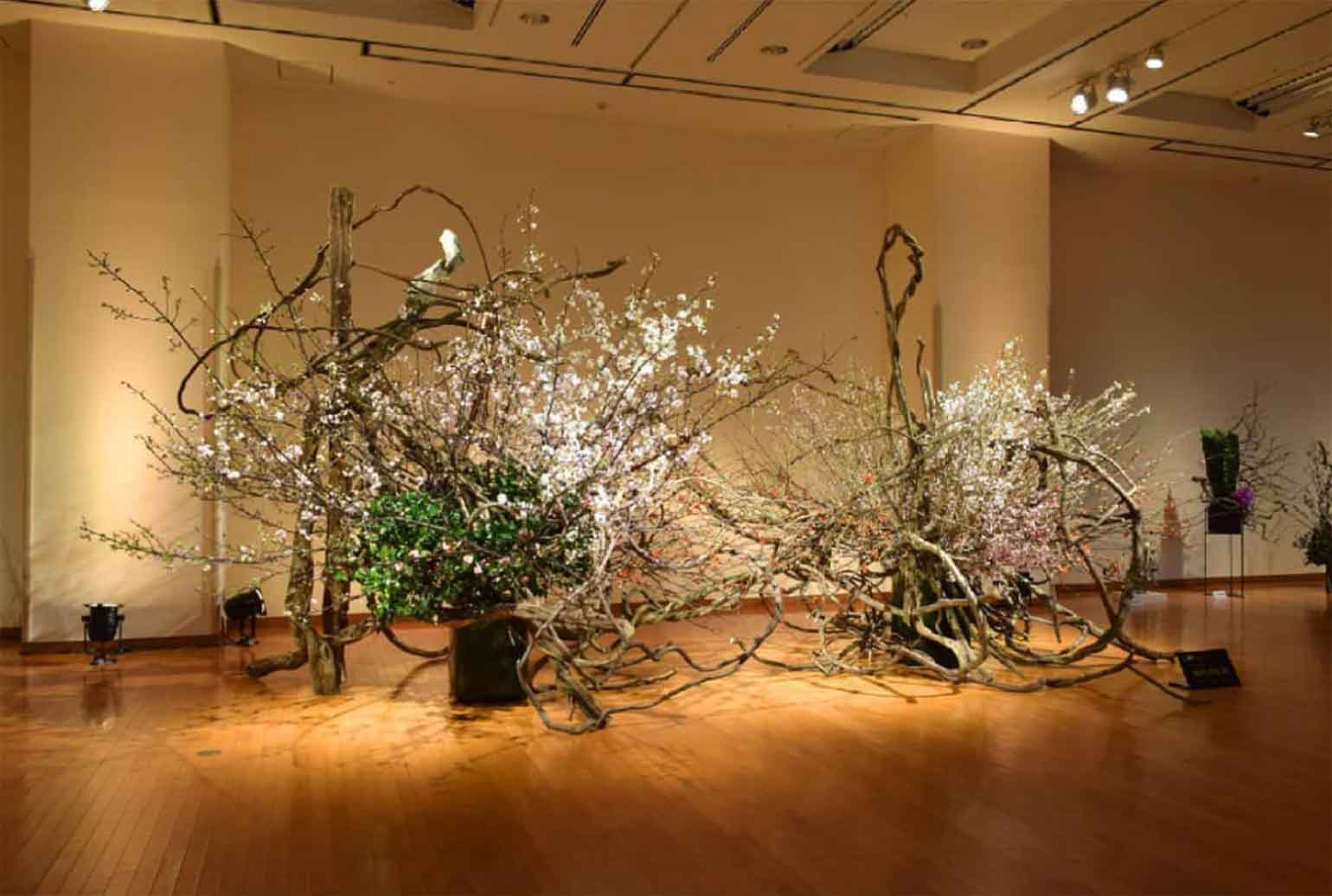

The instructor of the workshop, Miho Okawara, is a licensed Sogetsu Ikebana instructor and International President of Ikebana International, a non-profit cultural organization dedicated to the promotion founded by Ellen Gordon Allen in 1956.
Miho’s workshop is an environment that is unintimidating; participants are given loose instructions on the basis of Ikebana from degrees of angles, lengths of stems and how to cut stems, allowed to interpret and reinterpret what she says and experiment with the material. She is not only known for her “magic hands” that fixate flowers at their most appealing angle, but is also known for her ability to incite creativity in a safe space, inciting students to create their personal work. She is more of a mentor than an instructor as she gives detailed advice to enhance the essence of the projects at the hands of her apprentices.
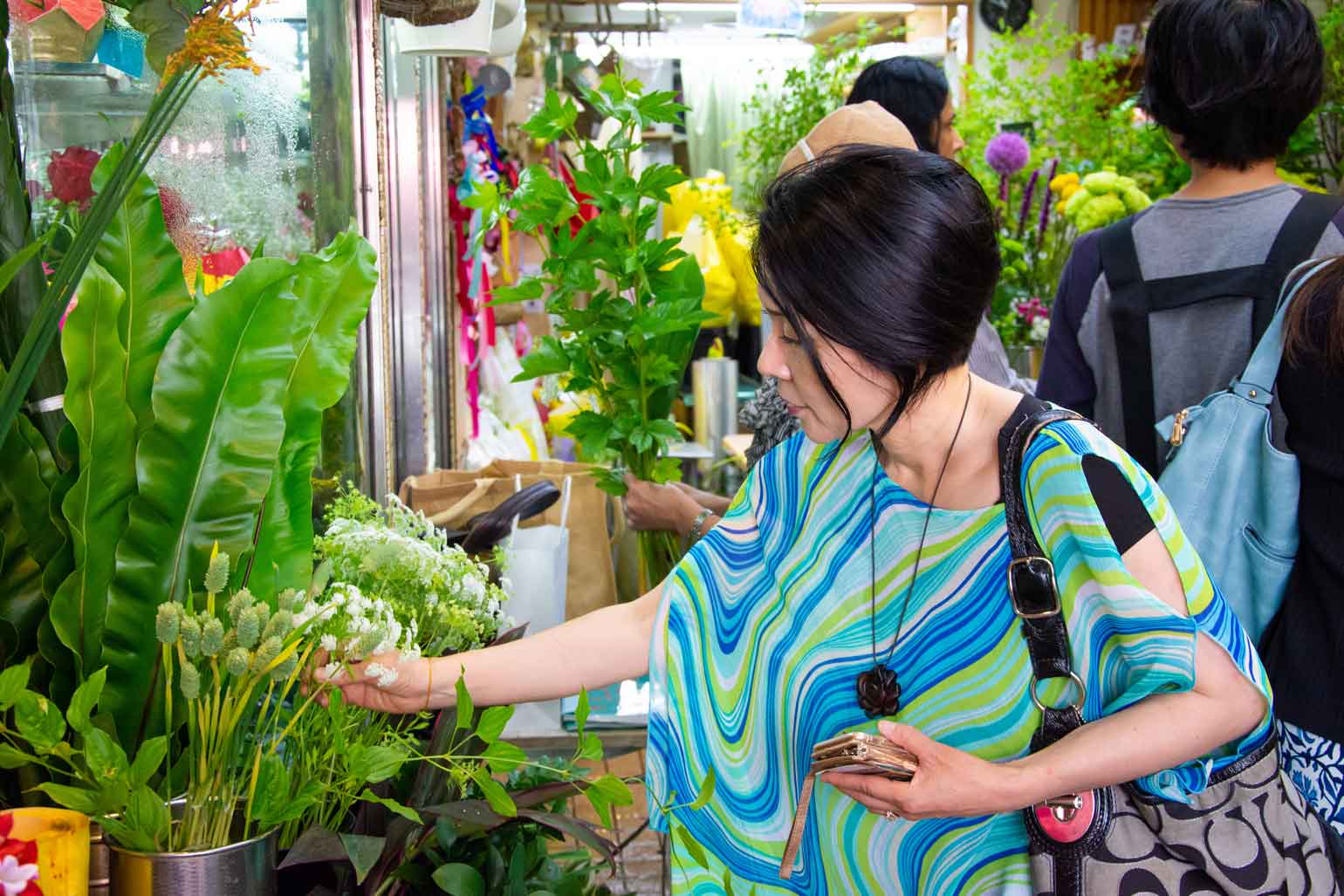
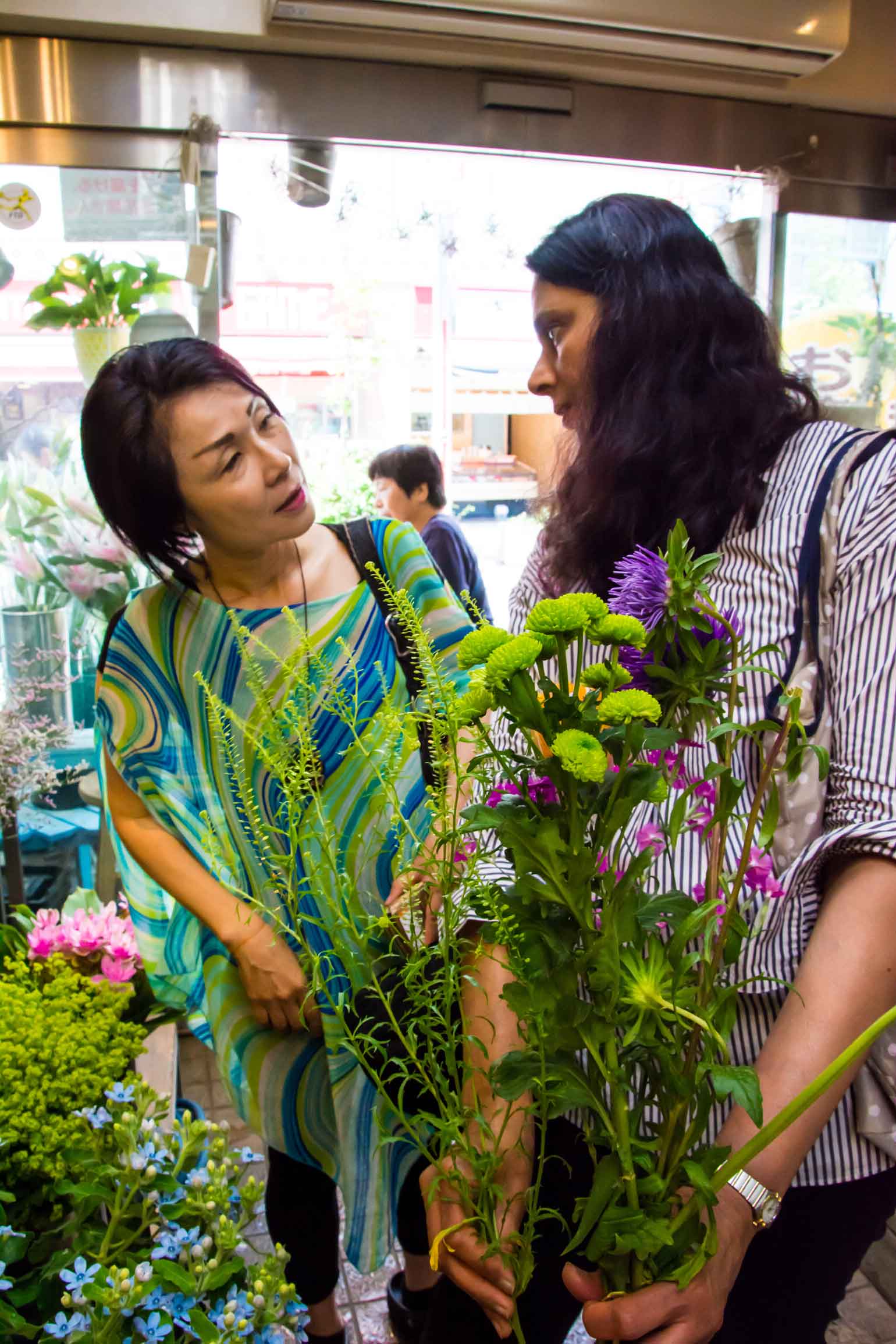
It was Spring when I attended one of Miho’s workshops in Tokyo. Students gathered at a local florist to carefully select components, one by one, to assemble their desired Ikebana. Preceding the selection of components, we headed to her studio, where we had lunch. We were instructed to purchase our own lunches. The act of enjoying one’s own food in a group setting parallels the act of picking of one’s own material to make a personalized Ikebana with a group: we were individuals independently performing an collective act—the making of Ikebana—like birds migrating between seasons.
Great attention is given when composing an Ikebana. One’s focus is on the plants alone—an experience that is calming. With flow, the person—who they are and their desires—translates to the Ikebana.
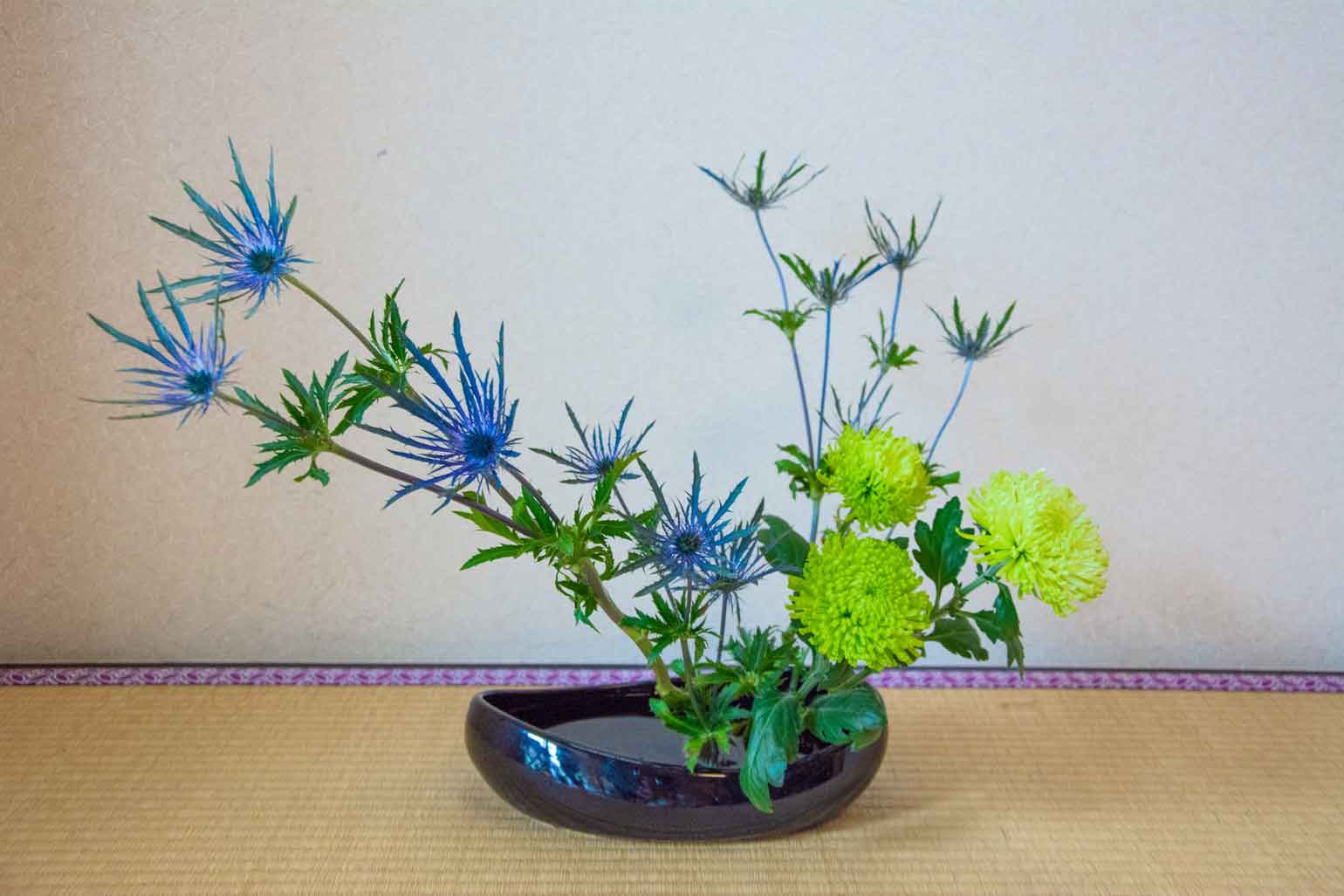
Sogetsu was founded by Sofu Teshigahara in 1927, during the post-war time when the avant-garde movement was widely practiced. So, I wanted Miho to teach us about the differences between Sogetsu and other schools, and how she came to enter the world of Ikebana.
Miho: The tradition of Ikebana dates back to the time when Buddhist monks in Kyoto made floral offerings at altars, as part of their mental training. In Shinto, which occupies the large position in religions of Japan, plants play an important tole, for example, yorishiro, a wood that is used to summon divine spirits. The custom of using branches in rituals, and the act of floral offerings in Buddhism were merged into one, and was later established as the distinct style of Ikebana. During the edo-period, the Ikebana’s method was spread through samurai families, and floral arrangements appeared in household spaces such as tokonoma (an alcove in a guest room of a Japanese-style house where flowers, a hanging scroll, and other decorative objects are displayed.) There are similarities found between Ikebana and Sadou, Japanese Tea ceremony which was first practiced by Zen priests to achieve a contemplative calm.
Sogetsu struck out a message that “Sogetsu Ikebana can be created anytime, anywhere” and that is how the school acquired numerous students. After the Second World War, Japanese lifestyle was westernized, and many apartment complexes were produced. Although the complexes had Japanese-style rooms, tokonoma faded from people’s houses, and Sogetsu’s statement of “anytime, anywhere, by anyone” was widely accepted and the school prospered. Sogetsu met the demands of the time.
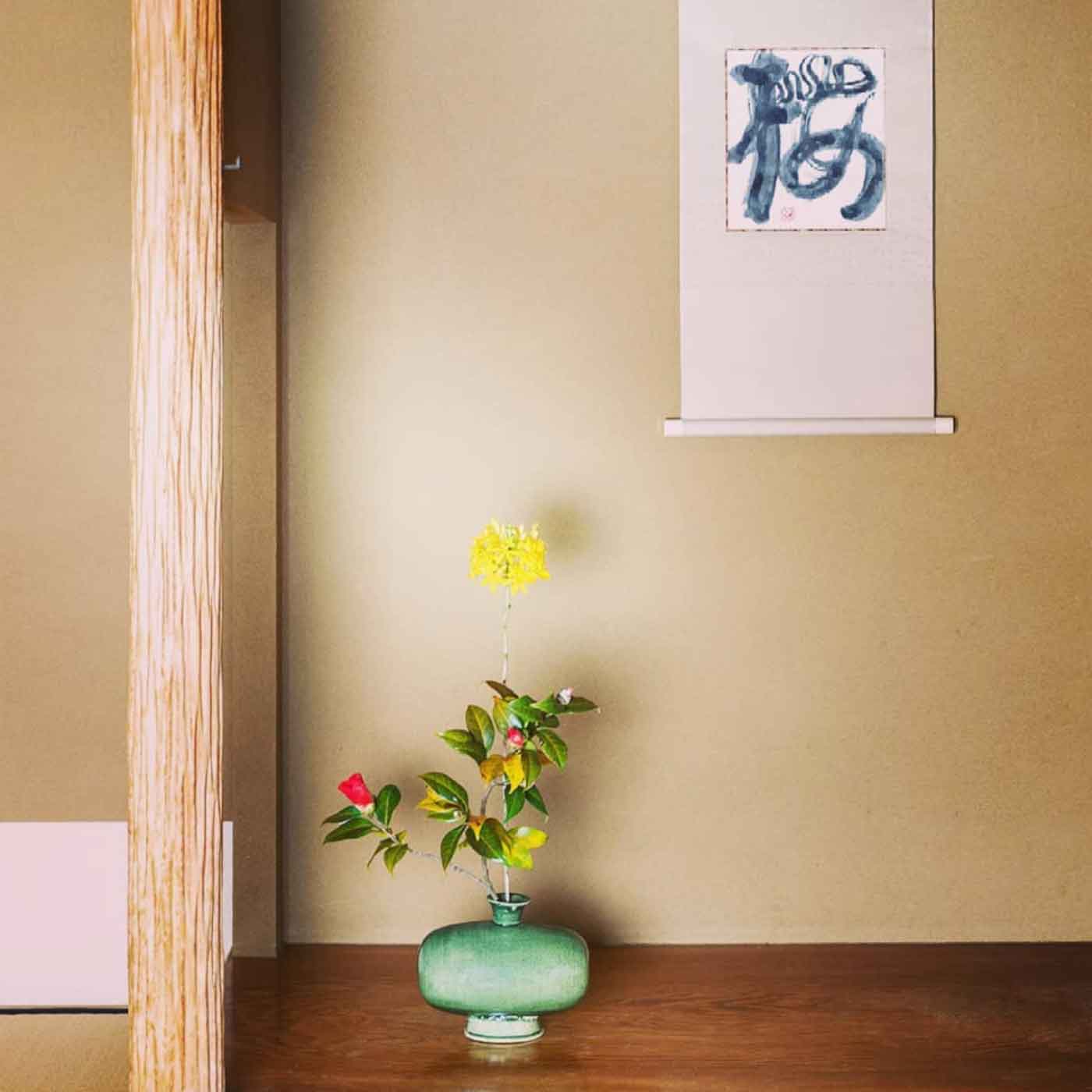
This artistic, unconfined sensibility came from Hiroshi Teshigahara, the founder and grandmaster of Sogetsu, who graduated from the Tokyo National University of Fine Arts and Music. As a new school of Ikebana, it acquired students through strategy that differed from it of schools such as Ikenobō (池坊), the oldest and largest school of ikebana, and Ohara-ryū (小原流).
Throughout today’s workshop, I was fascinated by the aesthetic of subtractions and wabi-sabi, a world view centered on the acceptance of transience and imperfection. I wondered what about Sogetsu that appeals to Miho the most?
Miho: When I was a high school student, there was a Sogetsu instructor in my neighborhood, and that is how I got in to the realm of Sogetsu. The motto of “anytime, anywhere, by anyone in any part of the world and with any kind of material” appealed to me most and that was the drive.
In North America, minimalism and meditation is attracting the attention of many. Japanese culture has influences over Western expression such as flower arrangement and art. In the age of globalization, diverse cultures are intermingled and influencing each other and the borderlines between cultures seem to be thinning. In a time like this, what do you think is the strength of ikebana, or Sogetsu, specifically.
Miho: I acquired two diplomas for flower arrangement from Constance Spry School of Floristry, which is the oldest school for flower arrangement in England, and Judith Blacklock Flower School, to study Ikebana in depths. Between these years, I learnt that Ikebana has a huge influence over western flower arrangement and there are researches being conducted on Ikebana.
I also taught Ikebana while I lived in London and New York, and realized the versatility of Sogetsu, that it complements Western architecture and spaces. This made me realize that Ikebana does not simply represent “Japanese-ness”, and flower arrangements are not simply a “Western” practice.
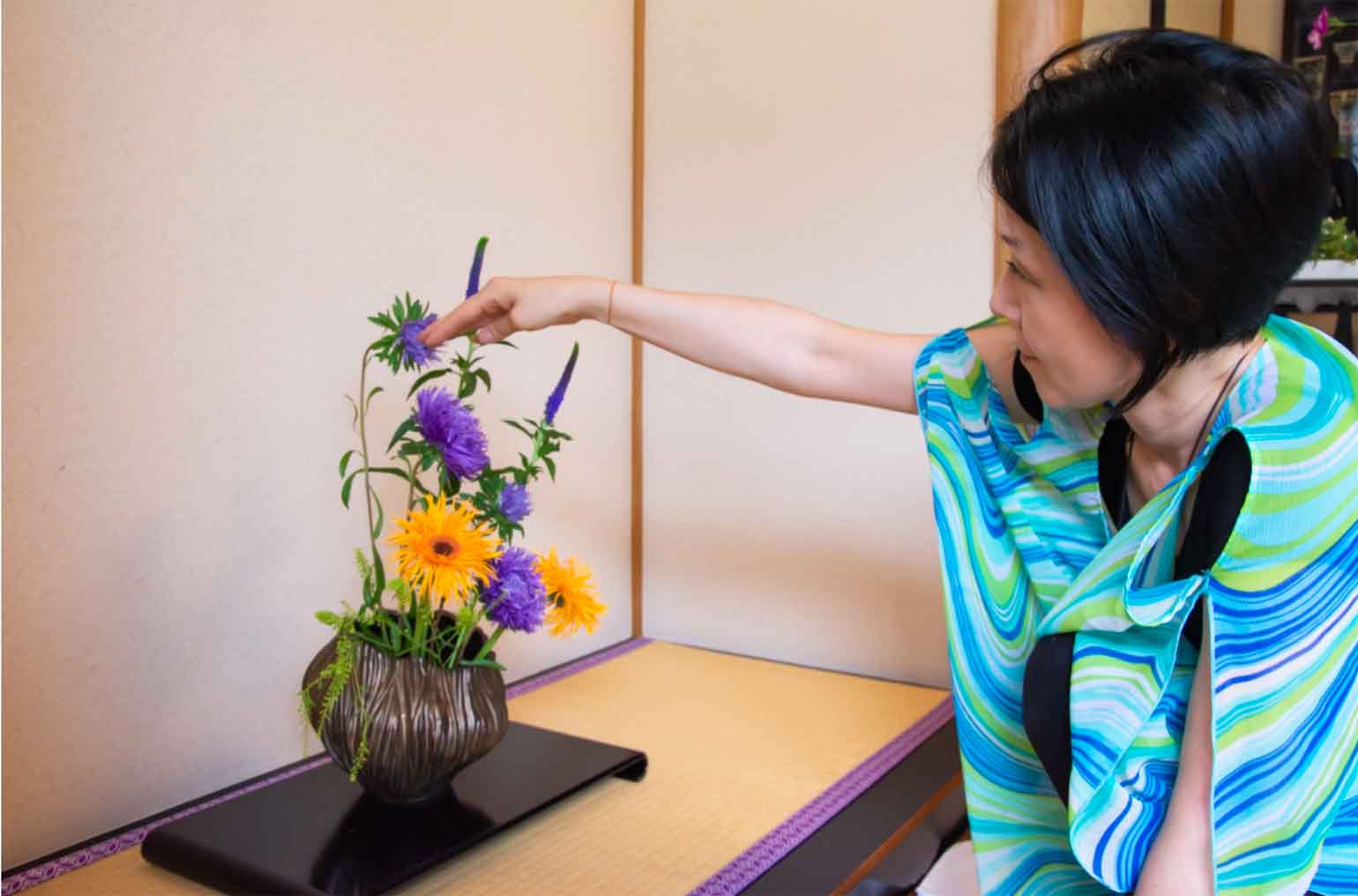
“Mindfulness”, which is currently popular in America, and Western flower arrangements, are influenced by Japanese values, such as “Zen”. Japanese culture and religion has a strong influence on other cultures and they are adapted to accommodate the values/taste of the West.
Sogetsu Ikebana suit Western interior spaces. Free-style Ikebana tends to be more “eccentric”, in comparison to other Ikebana schools. It is an art form that utilizes flowers, which derived from temples, Buddhist alters, and traditional Japanese houses.
I like the Sogetsu style, but to strive for spirituality on deeper level, it is the best to practice the fundamentals every day, and devote yourself as if you are to meditate or to pray. I feel most at peace when I am practicing the simplest form of Ikebana at home. Thinking of that, if I could practice Ikebana with the devoting mindset, the categorization of different Ikebana schools, might not be of much significance. In lieu of creating eye-grabbing works of Ikebana, I prefer practicing the fundamentals.

Sogetsu values individuality, and one is capable of expressing themselves without being confined, which made me think that the style matches the traits of Canadians being open to diversity and being inclusive. Architecture in Canada and Japan differs a lot, and the flowers we can find in Canada is different from what we have in Japan. Could you give us tips on how to incorporate Ikebana at home, in Canada?
No matter where you are, if there are flowers, Ikebana is possible. But in Western countries, flower shops tend to not sell branches. So, you will have to prepare your own branches. When I was in New York and in London, my students picked the branches from home. However, you could also imitate branches using plants.
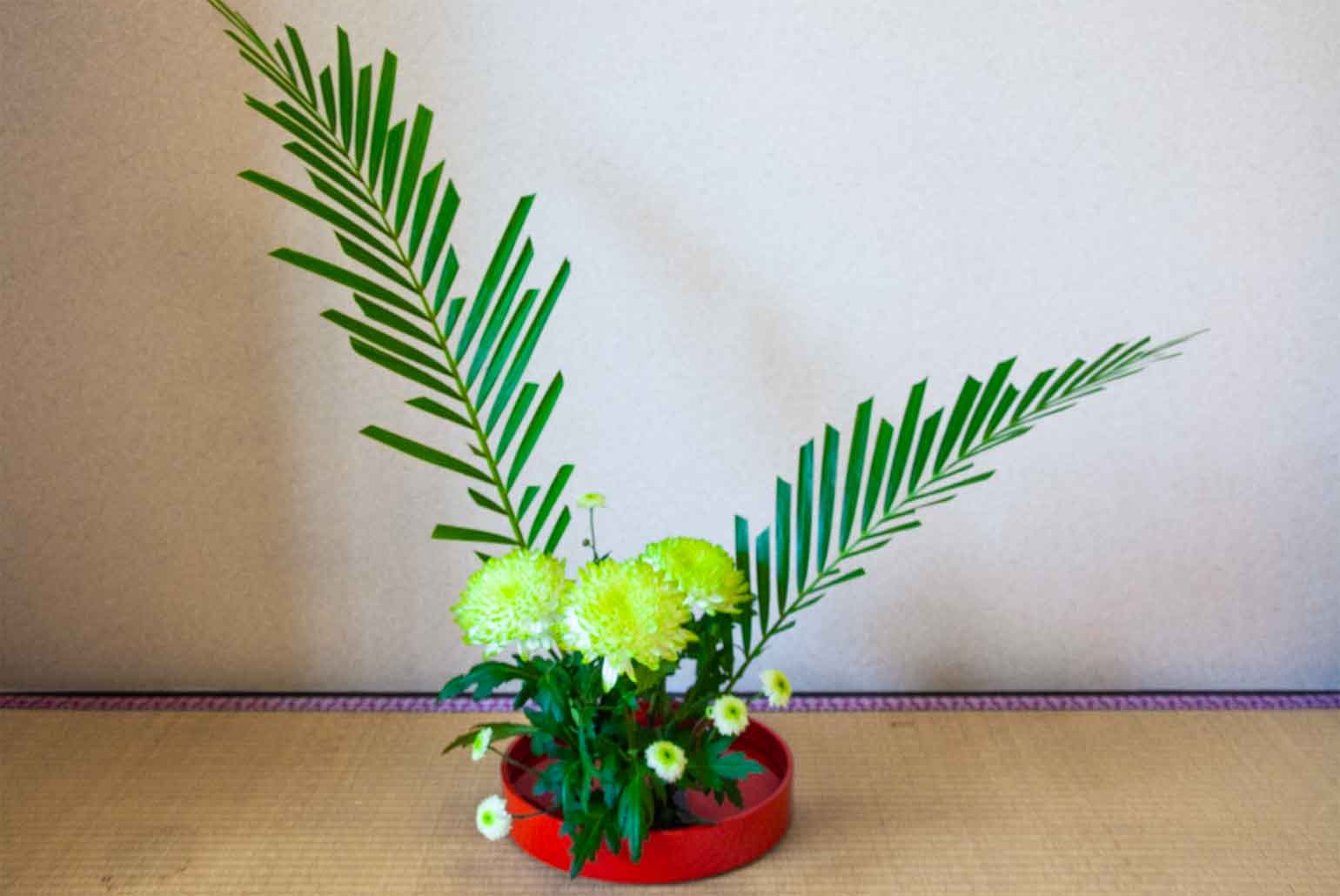

Do you feel that your experiences and knowledges you acquired from years of practicing ikebana is used in your daily life? I see that you have beautiful flowers in your living room, like tokonoma. What kind of roles do Ikebana play?
Ikebana, to me, is very spiritual—a form of meditation, or pray. The sound of cutting branches with scissors and the sensation you get while concentrating on practicing ikebana is spiritually cleansing, as if wind is blowing through you. There is nothing more sublime than ikebana. It is closer to meditation than to flower arrangement.
Unlike flower arrangement, the quantity of flowers is significantly less. That leads to you observing each flower and finding the best angles that bring out the beauty. I practice ikebana while thinking, “even a single bloom can represent a universe.” You thank the life, and the flower, which is close to the mentality of “itadakimasu” before meals. Because of ikebana, I try to stay humble as I can be.
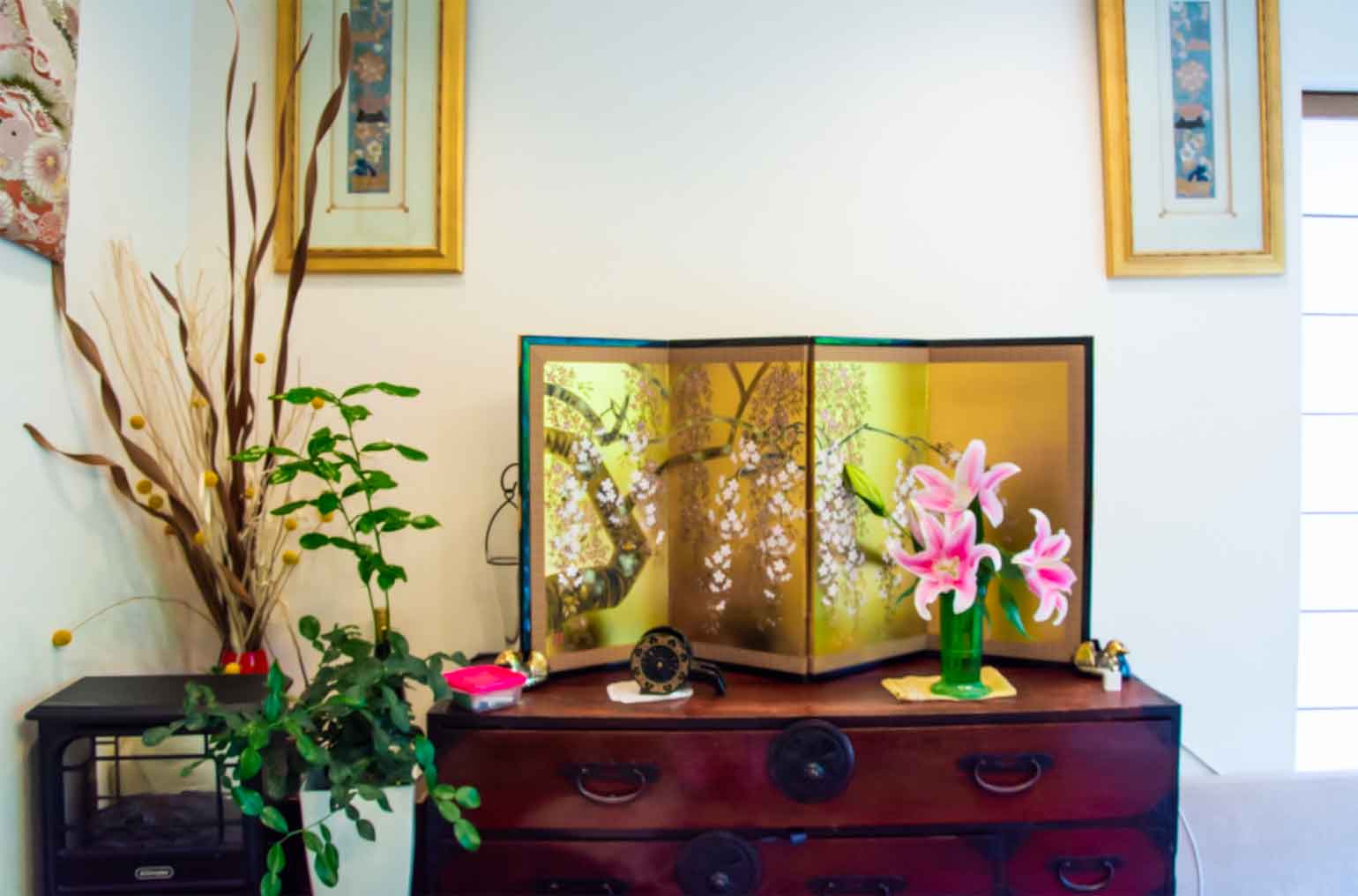

There was a large Sogetsu event held in Canada few years ago, and people who are non-Japanese are more interested in the school. Could you give a message to our readers?
Unlike Christianity in the West, polytheistic Asian values see importance in harmony. We think of nature as not to be conquered by humans; we are, instead to coexist.
Having studied the native cultures of Asian countries before they were colonized by the Western countries, I came to realize that each of these cultures have values that correlate with the philosophy of Ikebana, which is the awe of nature.
However, many Asian culture was affected by the colonization of Western countries; periods of colonization lasted for hundreds of years. Indonesia was colonized by successive waves of Europeans. Philippines was colonized by Spain. French colonialism in Vietnam lasted more than six decades, which lead to the elimination of the Chinese writing system and they use Austroasiatic language today, a vestige of the colonial era.
Although Japan was occupied by Americans, colonization never took place and its culture remained relatively untouched. I deeply sympathize with the countries that endured the hardships of colonization. I believe that Ikebana, with its polytheistic values that Asian countries share in their core, can teach the importance of harmony to people around the world.
Today, Western-capitalist societies are seeking values from Asian culture in order to find the way to become decent humans again. This sense of mindfulness derives from Zen and Ikebana.
I believe Canadians, through coexisting with nature, will develop the mindset that is capable of understanding the philosophy of Ikebana. We live in the time where there are various problems regarding the environment, such as global warming, but I believe that Ikebana’s philosophy can be shared with the people of Canada and will have a good impact on both the people and the land.
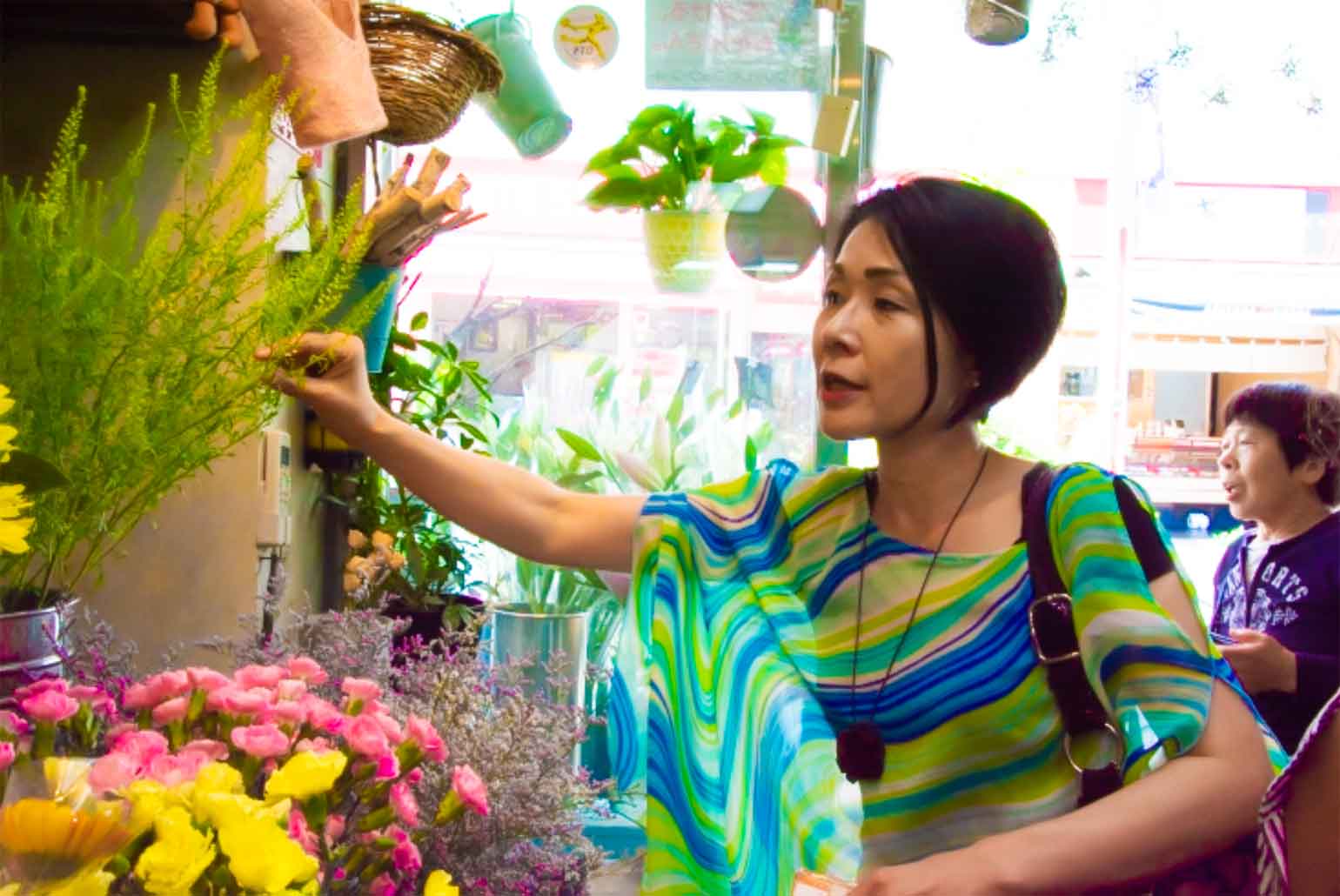
Ikebana International
Ikebana International was founded in Tokyo in 1956 by the late Ellen Gordon Allen as a worldwide organization dedicated to the promotion of mutual understanding and friendship through ikebana, the Japanese art of flower arrangement, and other related arts of Japan. Ikebana International is administered by volunteers of many different nationalities and ikebana schools. In 1969, Ikebana International was granted the status of Shadan Hojin, a title given to cultural, nonprofit organizations in Japan. The organization’s aim is to spread goodwill and understanding throughout the world with Friendship Through Flowers Over the years Ikebana International has grown to more than 160chapters in more than 50 countries and has around 7.500members worldwide.
Website: https://www.ikebanatokyo.or.jp/about/
Sogetsu Ikebana Toronto East Branch of Ikebana school
The Sogetsu School of Ikebana believes anyone can arrange Ikebana anywhere with multitude of materials. Sogetsu encourage students to be individual and imaginative. There are no limitation to the variety of materials used depending on various levels prescribed in the Sogetsu Text Book used worldwide. 10 classes. Under the direction of newly appointed Director, Ms. Naomi Abe, who assumes the role and responsibilities of the late Mrs. Kyoko Abe, the Founder of Sogetsu Ikebana Toronto East Branch.
Website: https://www.jccc.on.ca/en/programs/cultural/ikebana.php


